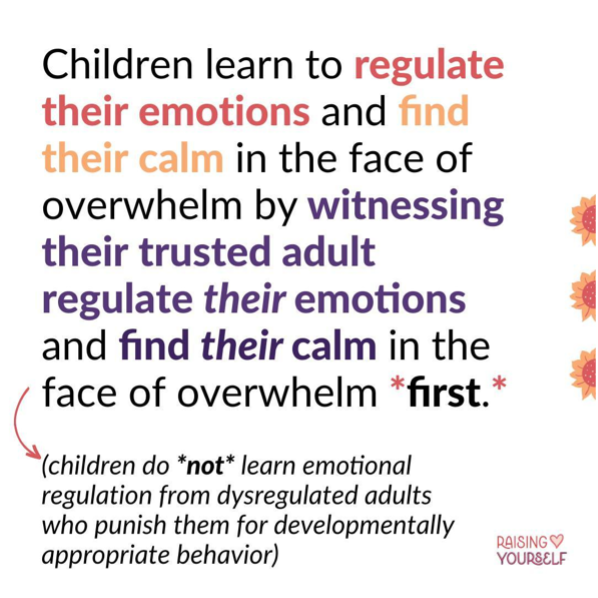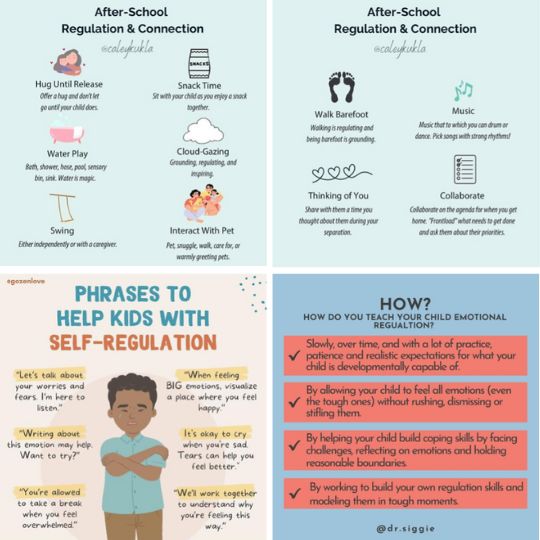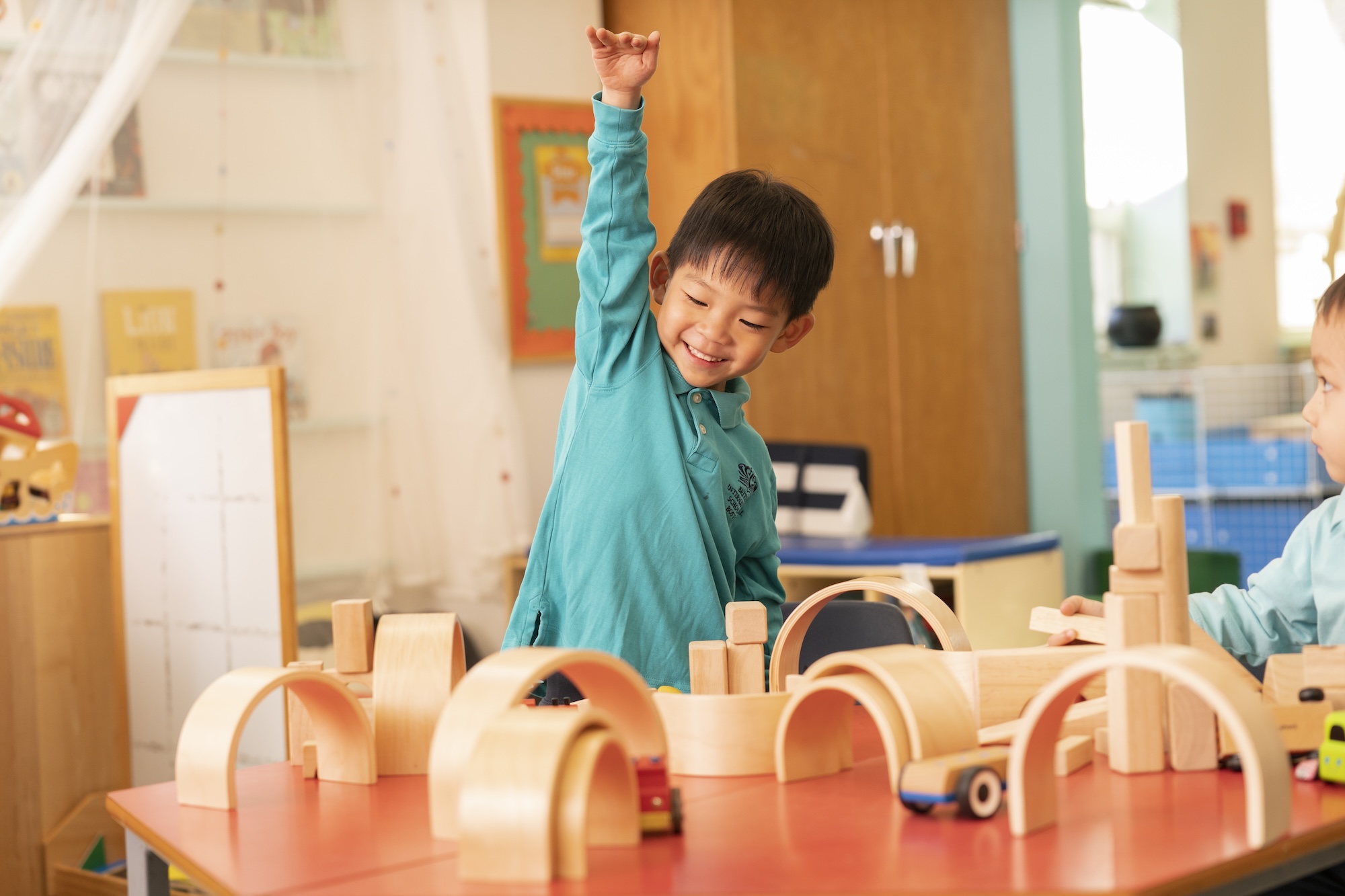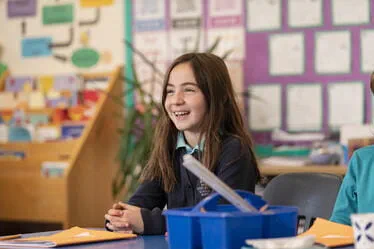We've all heard the phrases "terrible twos", "threenager", "fournado", "sassy sixes"... the list goes on! As parents, we are often preoccupied and focused on whether our children are behaving appropriately - particularly when we’re not with them. We want our children to advocate for themselves and to be strong, confident individuals but we also want them to be respectful of boundaries, compliant in certain situations, and to manage their emotions when faced with a problem or challenge.
As adults, we share the same basic emotions as our children, but we are neurologically more advanced and have a greater range of experiences to draw upon to help us react appropriately to them. For example, we can identify when we are sad or angry and know what helps us to feel better or to clear our heads and reset. We might take ourselves for a walk or read a book, but children don't always have the autonomy to choose how to respond to their feelings and they certainly don't have as much experience as we do with emotions to help them recognize them readily and then to react proportionally. So, when they drop their ice cream or lose a game, it can be challenging for their young minds to express their feelings eloquently and rationally in words. Instead, they might react emotionally and sometimes as adults, we confuse and equate these reactions with poor behavior.
The American Psychological Association (APA) defines self-regulation as “the control of one’s behavior through self-monitoring, self-evaluation, and self-reinforcement” and, in the Birth to 5 Matters documentation published by Early Education on behalf of the Early Years Coalition, it states that “Self-regulation involves children’s developing ability to regulate their emotions, thoughts and behavior to enable them to act in positive ways toward a goal.”
As adults, it is our job to model to children how to manage their emotions and support them as they experience them. Whilst it may be difficult to watch your child cry if they are sad, or to shout and stomp when they are frustrated, it is important to let them sit with these emotions so that they experience them and can identify them. If we cut them off and tell them to "stop crying" or put them on a time out for verbalizing frustrations, they will continue to find it difficult to control their emotions in a more productive and purposeful way. Guiding children through those challenging moments or outbursts is called coregulation and this is a prerequisite for emotional self-regulation.
Dr Mine Conkbayir states that “Self-regulation cannot develop without co-regulation taking place first… infants are highly receptive to the emotions and responses…of their primary caregivers..." Obviously, context is important when responding to your child's behavior and it can be challenging to be calm and regulated when we are frustrated ourselves. It is also important to be very clear and set boundaries when children react in an inappropriate way, for example by hitting or biting. How we react and respond to our children's behavior and how they experience emotions is crucial to their development.

In her book "Peaceful Discipline", Sarah Moore notes that "The healthiest way a child learns to self-regulate is by co-regulating alongside a parent or caregiver. It takes years to master this skill. Even healthy adults still need to coregulate alongside other adults sometimes."
Some signs of dysregulation in children include outbursts/ tantrums, shutting down and blocking people out and finding transitions or change difficult. There are also physical signs such as disrupted sleep or appetite. Essentially, we are looking to observe signs of stress. It is also important not to confuse a quiet child with a calm child. Quiet children can also struggle with dysregulation, but it presents differently.
You can help your child to regulate at times when they are struggling in different ways, but a key takeaway is to consider connection before correction. A child who is upset, frustrated or angry isn’t ready for a discussion about what is happening in that moment. They need to reset and find their calm with you before they are capable of a talking about what has happened or triggered them.
Some examples of simple things to do or say if your child is dysregulated include:

Robyn Gobbel also has some great ideas in her book "Raising Kids With Big, Baffling Behaviors", including some for older children too. A brief summary can be found here.
You might also notice some patterns or triggers for your child over time and it can be helpful to work on how to manage and prepare for these situations by talking through strategies they can use or role playing at home.
Lelia Schott summarizes; "Co-regulation is a prerequisite for self-regulation. Meaning children don’t learn to calm their bodies and emotions until they are repeatedly soothed by the calm presence of other adults. The parent's or caregiver's nervous system being regulated, in turn, regulates their nervous system, but a dysregulated adult will dysregulate a child. Creating self-regulation in our children starts with us."
Being the calm to your child's storm takes a lot of patience and is impossible to get right all of the time, but the more we can support them and help them to navigate through those big feelings and emotions, the more successful they will be as they mature and grow when faced with difficulties.









